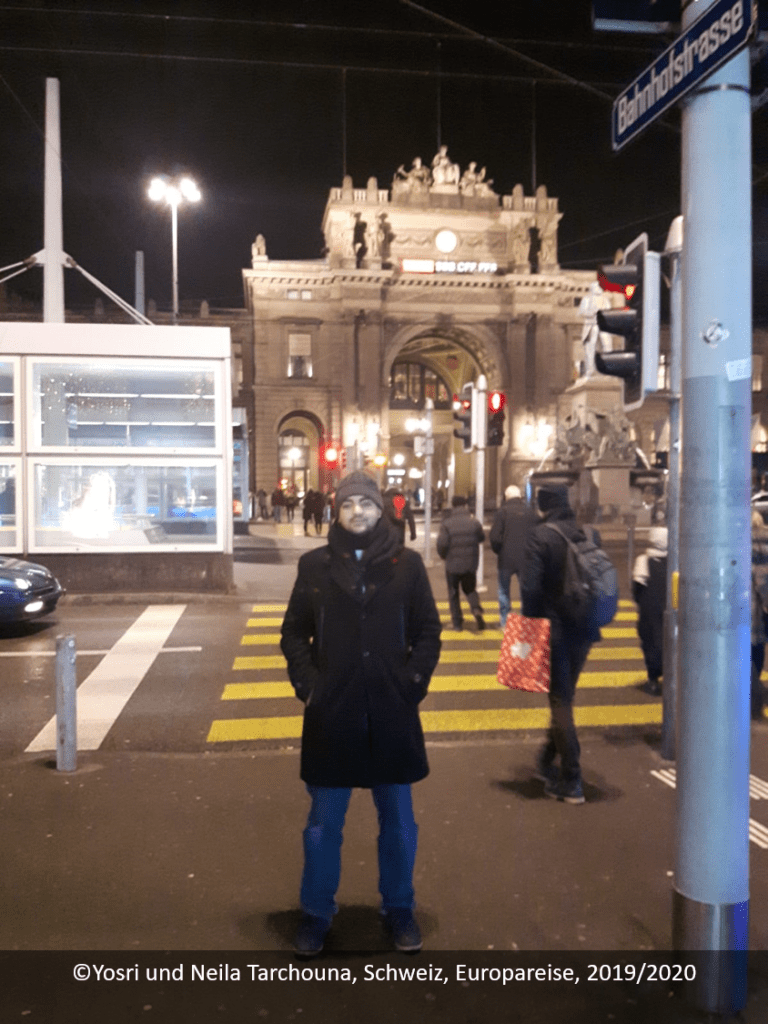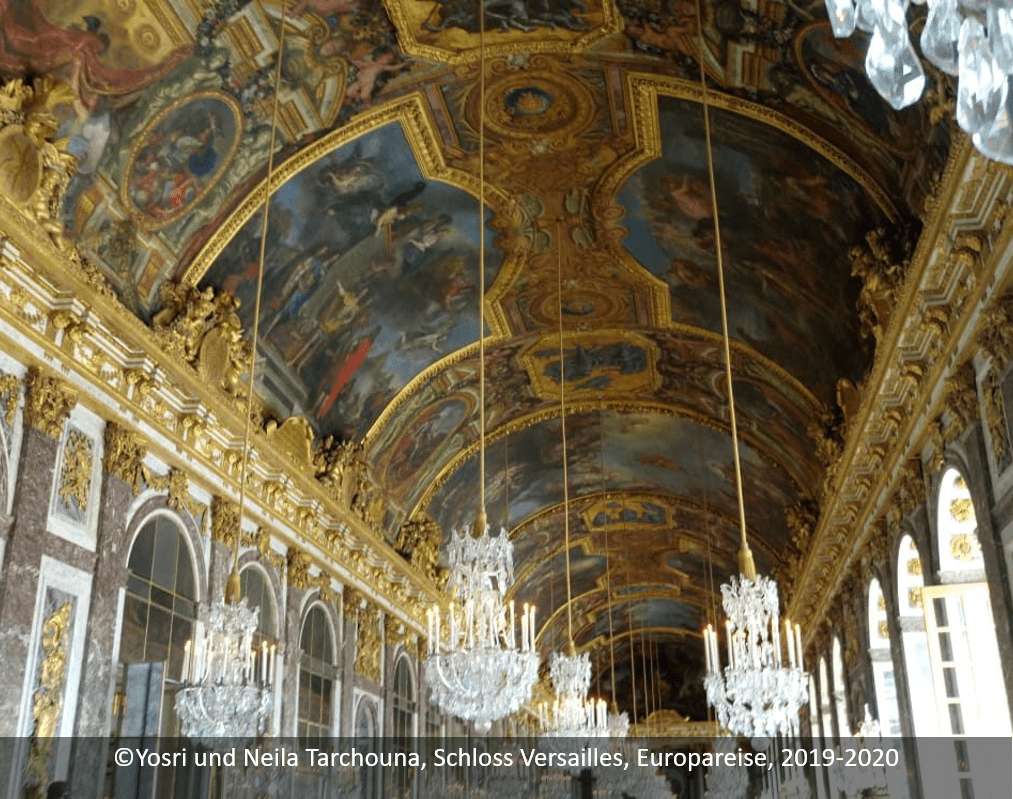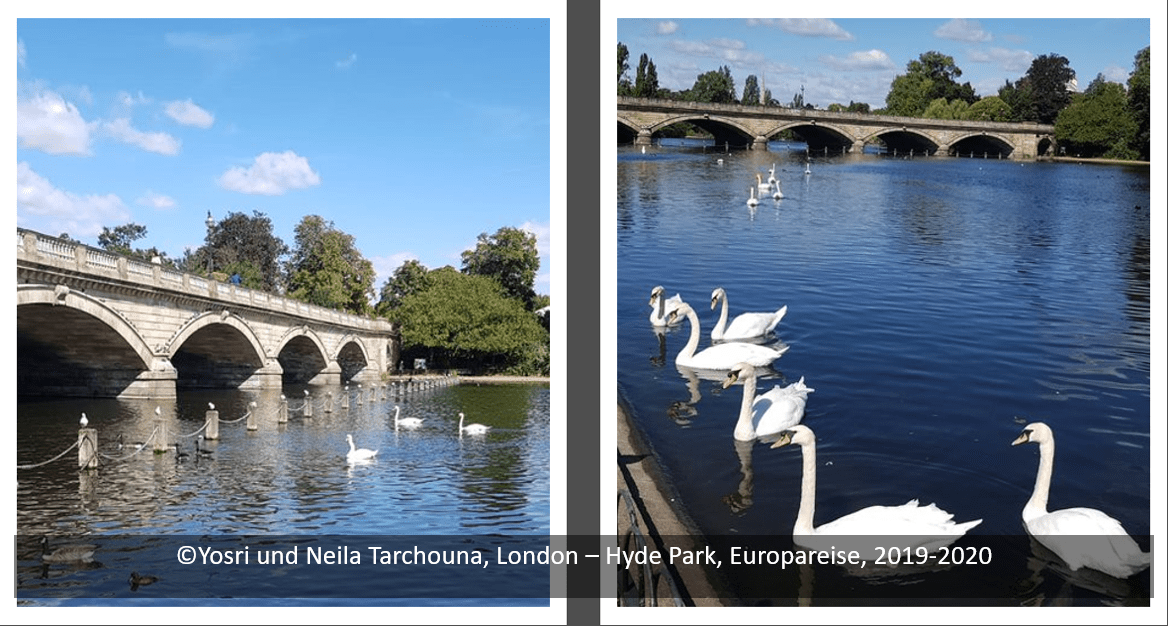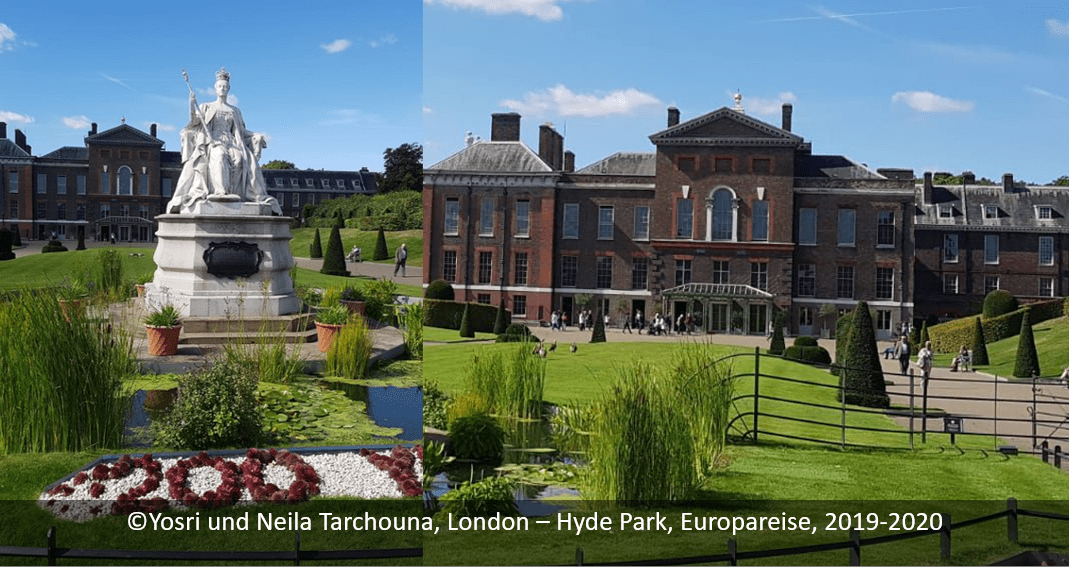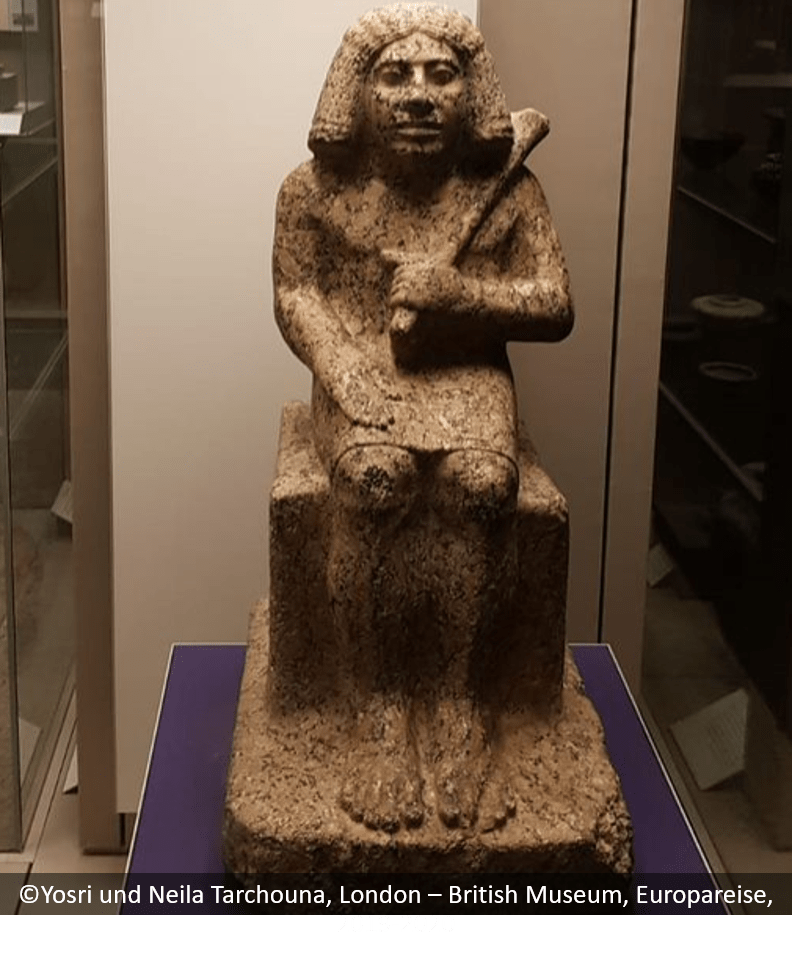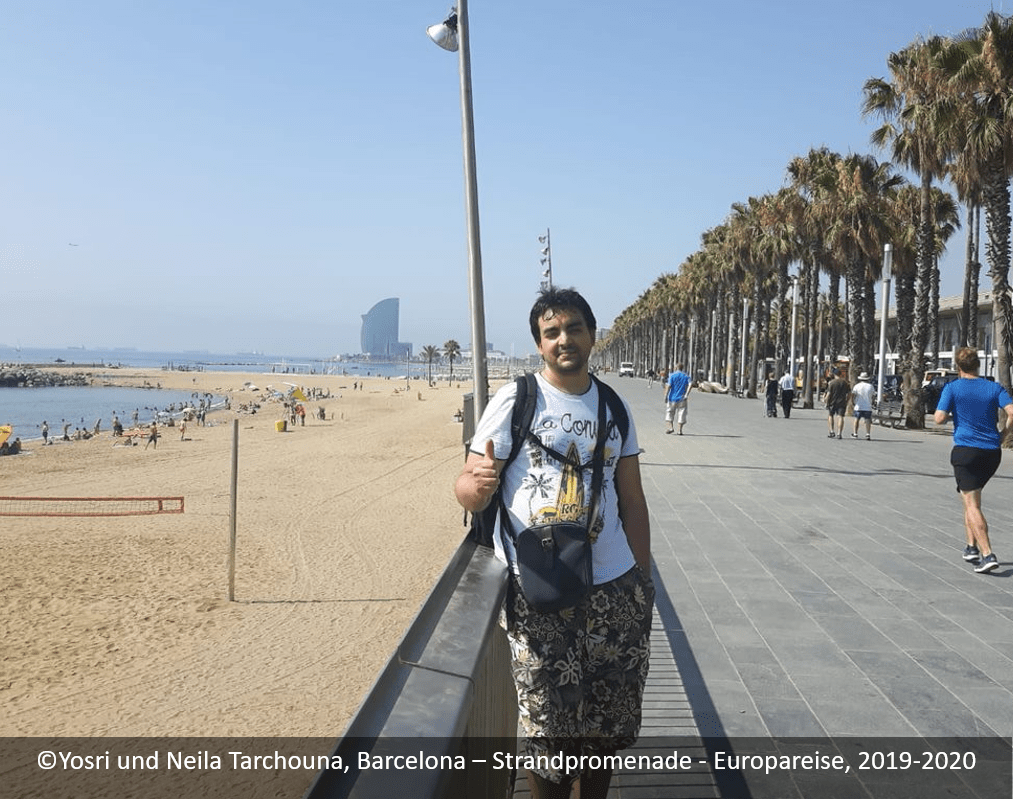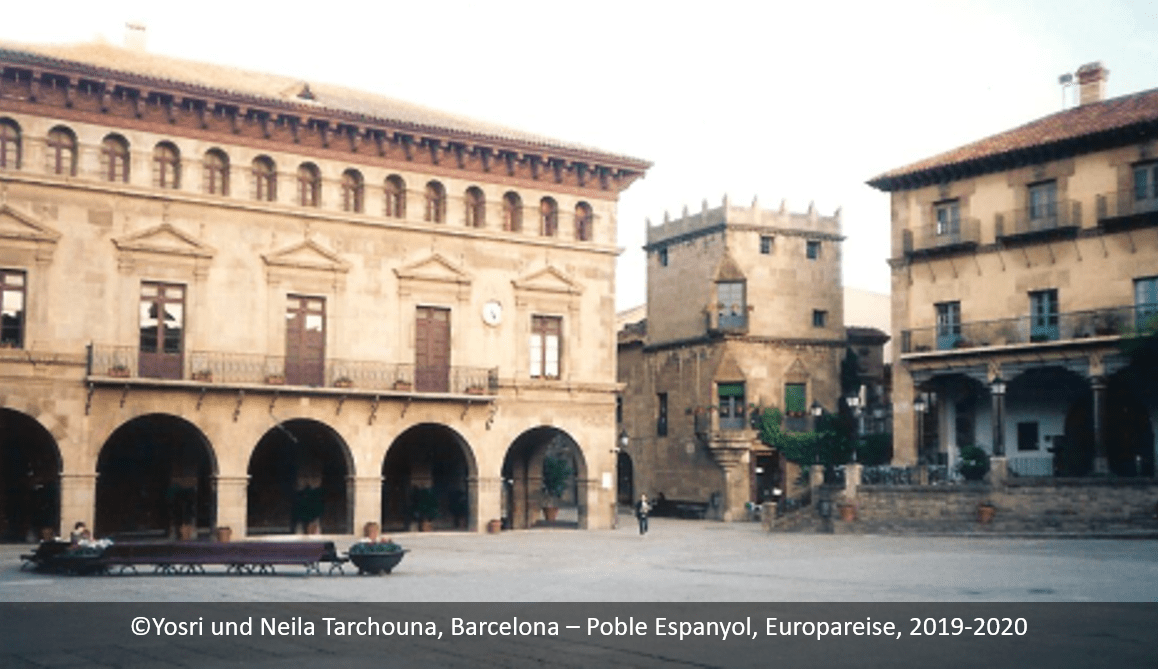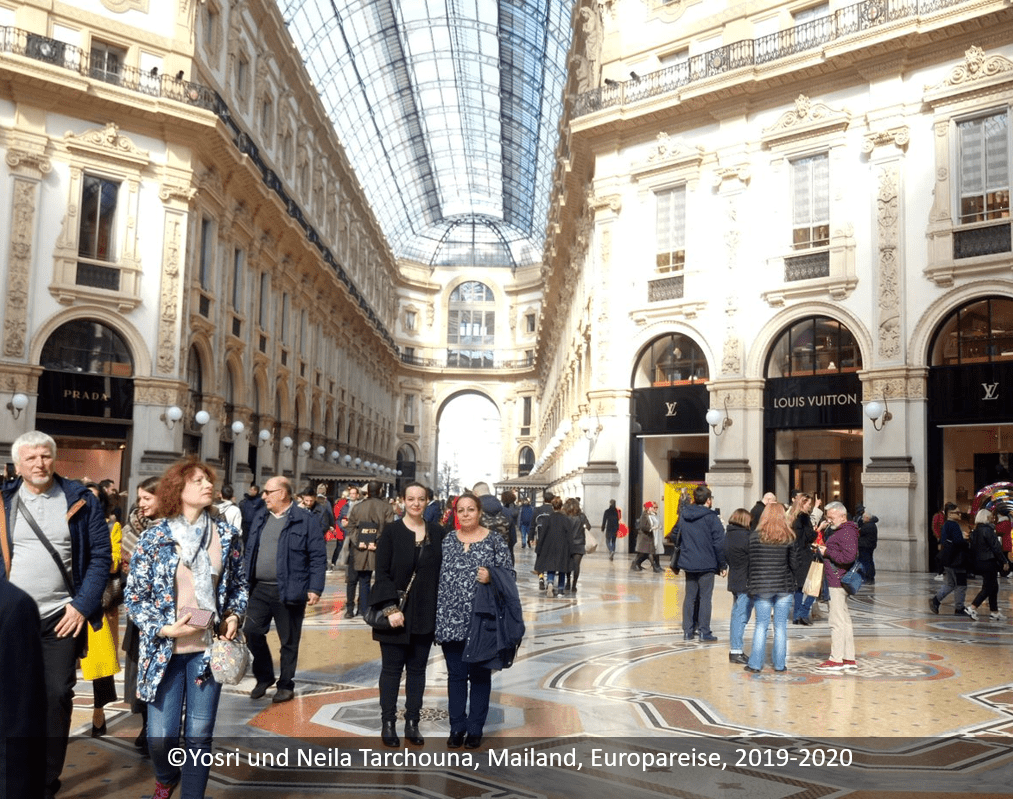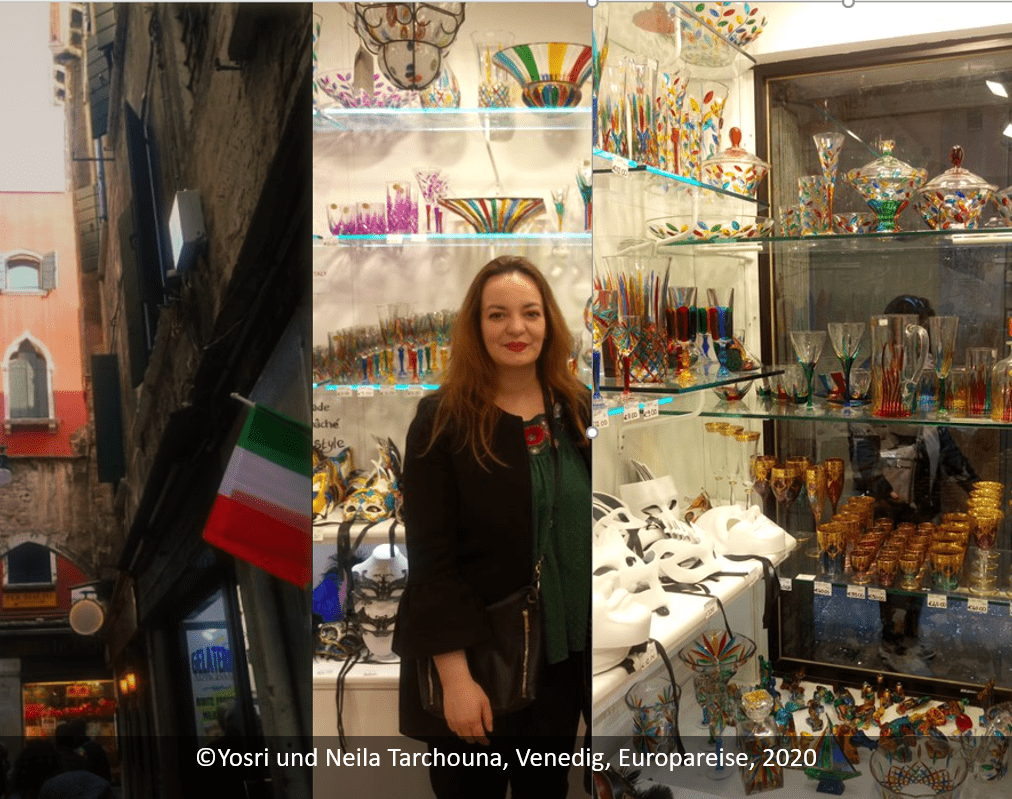I moved to Freiburg for a year with my younger brother. He worked there as Systems Engineer for Microsoft Solutions. I moved there because the Albert Ludwig University of Freiburg has a Library that has everything I need as reading material for my Bachelor’s thesis in Linguistics and Translation Studies.
Freiburg an der Breisgau is a beautiful small city in Baden Württemberg in the southern part of Germany.
The city is especially known for its international University. Some of the city’s sights are the Dreisam River, the 7 nature reserves around the Black Forest and the medieval old town.
In the old town you will also find Freiburg’s landmark, the Freiburg Cathedral, which was formerly built as a parish church in Romanesque style and was then completed in Gothic style.
In this photo you can see me with my brother in the shopping street of the old town near the Martinstor.
In fact, France and Switzerland are also very close from this city. I like Freiburg, also known as „Green City“, because it is very eco-friendly.
The share of bicycle traffic here is higher than that of car traffic, which has also prompted me to use the bicycle more often as means of transport.
Relocation to Freiburg 2019









